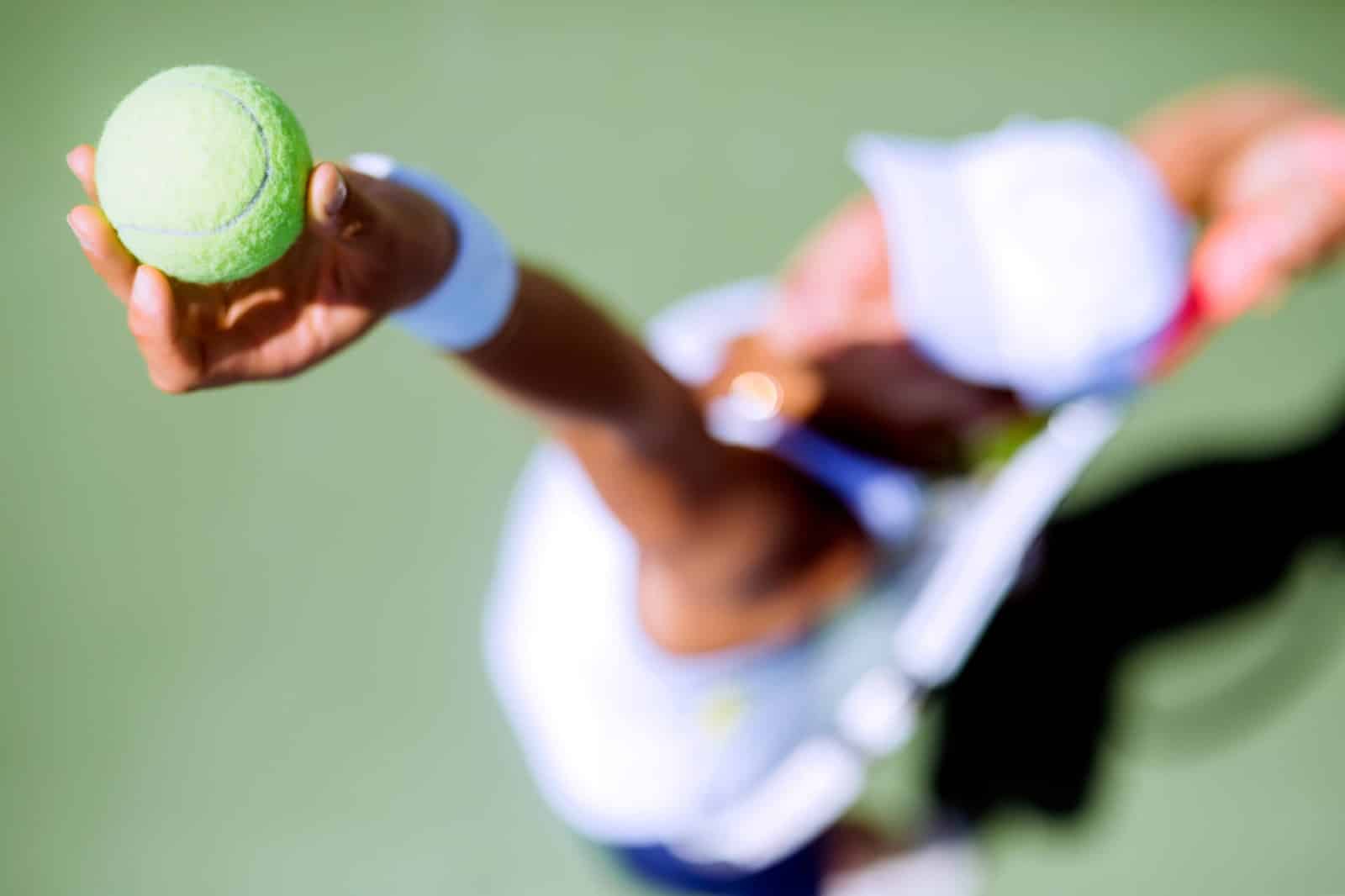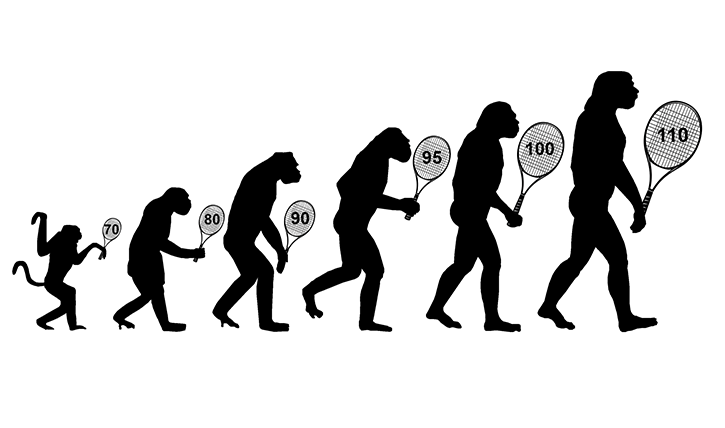At the start of a match, a coin-toss or racket spin gives you a 50% chance of deciding whether to serve first. Actually you get three choices:
Serve 1st or second
Choose ends for first game
Force your opponent choose
What should you do? Before we rule-out “force your opponent to chose” this is a sneaky way of giving them the serve AND the bad end (if you think the bad end will have an effect see below). That’s because 98% given this choice will opt to serve leaving you the choice of ends. However this is not helpful if there an statistical advantage of serving first. Let’s examine that.
Advantage of Serving First
I am going to cut to the chase here. In ATP main-draw matches this year, there is a 11% advantage in serving first; that is the player who served first won 53% of matches (vs around 48% normally). Remember most matches at pro level are close to 50:50 so a small shift make a big difference. And that’s +11% more match wins, not points, or games or sets!
For women, on the WTA tour the difference is huge, whomever serves first is 28% more likely to win wthan the person receiving first. That means the first server wins about 56.3% of the time.
Why is there an Advantage?
Given it might be slightly harder to kick off your server right at the beginning rather than when ease into the match, something else is at play.
That something is ball condition!
At the start of the game the balls are fresh and so they are more aerodynamic. I estimate they are 10% more aerodynamic at the start of game one than at the end of game 7 when they changed (at pro level). That translates into harder, faster serves which are tougher to return.
If I am right there should be an advantage in game 1, game 8, game 17 and game 26 in the professional game (for the server). These are when the balls are changed.
On the Maths of Choice of Ends
Choice of ends is underused. Let’s assume there is one “bad end” for example the court end with Sun shining into the eyes. It might be better to force the server to start there, but remember you will be serving there next, so the advantage is not really as strong as you think. Some say if you start with a bad end, the advantage is you get two games there next but look at what happens over the court of a close match (if its not close, I am assuming choice of ends isn’t going to matter!)
CASE One. Let’s say its going to be a 4:6 or 6:4 game. That means there will be 10 games; both players will play 5 at each end but the game will finish on a switch of ends, so whomever started at the “bad-end” will finsh on the “good end”.
6:0 and 6:1 games will also finish like this. 6:6 would also finish like this, but they go on to a tie break which swap every 6 points.
CASE Two.Let’s say its going to be a 6:3 or 3:6 game. That means there will be 9 games; here the player who started at the “bad-end” will finish on the “bad-end” so maybe the bad end is a bad choice in this case. Or
6:2 games will also finish like this
Now, if we discount 6:0 and 6:1 games as so one-sided the end do not matter, and we discount 7:5s as equal because of the tie break then its a close call because 6:4 or 4:6 are the most important wins, and so if you were ahead 5:4 you would swap ends to try and take the win.
To me , this back of the envelope maths favours chosing the bad end first; even if you lose you can blame the end! On a personal note, I don’t mind being sent to the “bad end” first especially if I warm up that end. I just find it easier to start at the hard end, and then get easier from there.
Is it Always Best to Serve First?
Usually, is not always. For some players, it seems they do better by serving second. Psychologically, if you break your opponent in the first game and win your serve it is a huge advantage.
Although 55% of ATP players won more when serving first, it is true around 45% won slightly more returning first. But for women it is more on sided. About 70% of women have better winning percentages when serving first than when serving second.
What about Club / Amateur Tennis?
At grass roots level, strong servers are rare. At this level many serves are slow, loopy or inaccurate. I think fresh balls might be a slight disadvantage at this level because fresh new balls are bouncy and difficult for beginners to control. However, new balls are also difficult to return, so I think at the lower levels it doesn’t matter too much. Also not to forget, but at the amateur level there might not be new balls at all!
So next time think to yourself, do you want to serve with fresher balls or receive with fresher balls? This might make all the difference in a close match
citation



